Max Littman, LCSW
July 6, 2025
In therapy trainings, podcasts, blogs, youtube videos, and books, we often encounter case examples, practice groups, or live demonstrations that unfold over a single session. Sometimes they show only a moment within a session. As a teaching tool, these snapshots can be powerful: they give form to abstract ideas, help us visualize how a model like Internal Family Systems works in real time, and offer inspiration for how healing can occur.
But there is something important that often gets lost in these moments of clarity and coherence: the full arc of a therapeutic relationship.
When we view therapy through the lens of demos, practice sessions with peers, or condensed case examples, we risk absorbing unspoken messages: healing happens quickly, exiles show up on cue, protectors step aside when asked, trust is built in minutes, the therapist’s attunement is seamless, and Self energy flows on demand.
While these moments of quick transformation can happen—especially in well-held learning or healing spaces—they’re the exception, not the norm.
Healing Happens Over Time
Trust, relationships, and deepening take time. They take time not just between client and therapist, but between parts and Self, both within and between a therapist and a client. Systems do not rush into vulnerability. Protectors do not step back just because they are invited to. Exiles do not reveal their burdens on a first date.
The kinds of shifts that get spotlighted in demos are often preceded by months of slower, quieter work in regular therapy. What makes demos so powerful—and also so unlike most clinical settings—is the unique alchemy of the space: a collective field of intention, a highly experienced trainer or facilitator, participants who are often primed for insight or release, and a shared understanding that the moment is held by many. These conditions can create real magic, but they’re not easily replicated in the one-on-one therapy room, where trust builds slowly, protectors remain vigilant, and systems need time to sense safety.
Without seeing that foundation, we are left with a distorted view. Therapists-in-training may wonder why their sessions do not look like what they saw in a workshop. This may lead to clients feeling like they are doing it wrong as well. And those of us practicing may carry shame or self-criticism when a session feels murky, resistant, incomplete, or clunky.
Without context, these demos can quietly set a standard of what “good therapy” should look like: smooth, linear, emotionally coherent, and full of breakthroughs. When our sessions don’t mirror those ideals, it’s easy to internalize a sense of failure. Parts of us may wonder, Why didn’t the exile show up? or What am I doing wrong that this system still feels stuck? These thoughts can deepen the burdens of our therapist parts with self-doubt, shame, or imposter syndrome—not because we’re failing, but because the expectations were incomplete to begin with.
What Gets Glossed Over
Case examples and demos often skip:
- The slow back-and-forth of attunement and misattunement over months and years, and how critical those ruptures and repairs are to building trust.
- The stuckness that can emerge in systems where protectors have learned that control is the only path to safety.
- The subtle internal shifts that are not dramatic but are deeply meaningful, like a part starting to hope, or another part deciding not to sabotage that hope.
- The therapist’s own process. The times we do not know what to do. The moments we miss a cue. The parts that show up in us too.
As therapists, we are also systems made up of parts—some confident and attuned, others uncertain, protective, or deeply impacted by the client’s story. Over time, our own internal responses may shift. We might notice that a part of us who once felt pressure to “do it right” begins to relax. Or we may recognize that a particular client’s protectors resonate with our own, and that we, too, are in a process of healing alongside them. This parallel unfolding—the therapist’s system softening, attuning, and learning—often goes unnamed in demos, but it is part of what makes the therapeutic relationship real, mutual, and alive.
None of this makes for easy teaching content or a tight narrative arc, but it is the truth of the work. And it is what makes the work human, which often gets overlooked as a powerful element in the healing process.
In many ways, our discomfort with slowness or messiness in therapy reflects larger cultural values: a push toward productivity, performance, and certainty. Even in progressive mental health spaces, there can be an implicit preference for clarity over complexity, healing over harm, resolution over relationship. But real healing doesn’t always coincide with those values. It resists quick closure. It asks us to stay a little longer, listen a little deeper, and trust what doesn’t yet make sense.
What Becomes Possible Later
In the early phases of therapy, we are often learning how to speak the same language—both client and therapist, parts and Self. But with time, something shifts: in content, tone, cadence, and depth. A therapist might feel freer to offer a reflection that would have landed with pressure six months earlier. A client might say something they could never have imagined revealing a year (or even years) before.
There’s a kind of grace that enters the room when a system begins to trust. And with that trust, new permissions arise:
We might be able to name a part that showed up long ago—one that stayed silent or blurry, but that now feels unmistakably present. We might notice together how a familiar protector’s tone has softened. Or acknowledge that a moment of silence now feels intimate, not awkward.
The therapist might be able to say something like:
“I remember early on, there was a part that used to get really scared in moments like this. I’m noticing it’s not here in the same way today. Do you sense that too?”
Or:
“This might be something I wouldn’t have named so directly earlier in our work together, but I wonder if this part that’s feeling ashamed might be the same one that first showed up when you told me about that memory in our third session.”
When these moments happen, they often aren’t dramatic. But they are intimate. They affirm the relationship, the client’s courage, and the coherence of the system. And they mark the slow weaving of safety—not just between client and therapist, but inside the client’s own internal world. And they have the capacity to help a client’s system to feel deeply seen in ways that are only possible with presence and attunement over time.
The Power of a Longer Arc
I am currently working on a follow-up piece that may develop into a book: a deep dive into a single therapeutic relationship as it unfolds over time. It will not be a highlight reel. It will be a fuller human portrait of what it actually takes for a system of parts to trust the therapist, the client’s Self, and a broader Self energy. The piece will follow a client’s inner world across sessions: how protectors slowly soften, how exiles begin to show themselves, how certain patterns, and the deepening relationship between therapist and client, parts and Self.
It will also show what does not go smoothly: the missed attunements, the moments of confusion, the protector parts in the therapist, and the slow returns to connection.
Healing is not a single moment. It is a living, breathing relationship.
What Demos Don’t Show (But Therapy Reveals)
This article is not an indictment of demos or case examples. They can be incredibly useful when understood in context. But they should not be mistaken for the whole picture.
There is a richness in the longer arc of healing and relationship that reveals something deeper: the way therapy honors the pace of trust, systems that need time, and human beings, in all our complexity—not just when we are having breakthroughs, but when we are building something solid, slowly, over time.
For feedback and comments, I can be reached at max@maxlittman.com.
I provide private practice mentorship, consultation, and therapist/practitioner part intensives.
